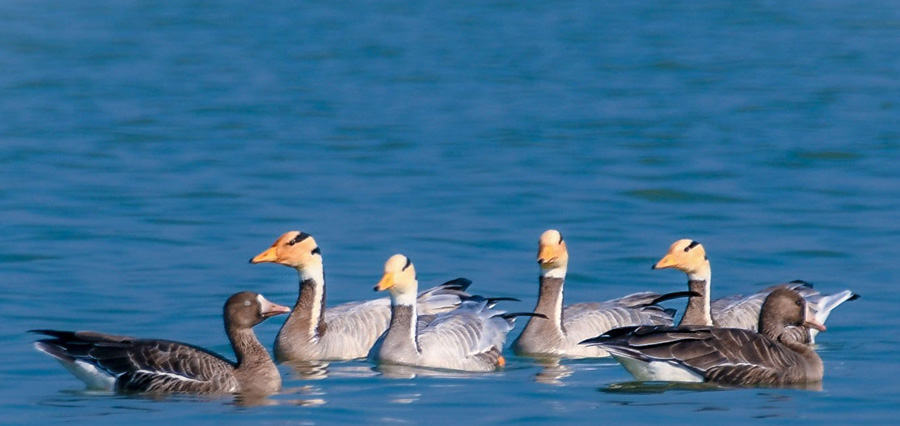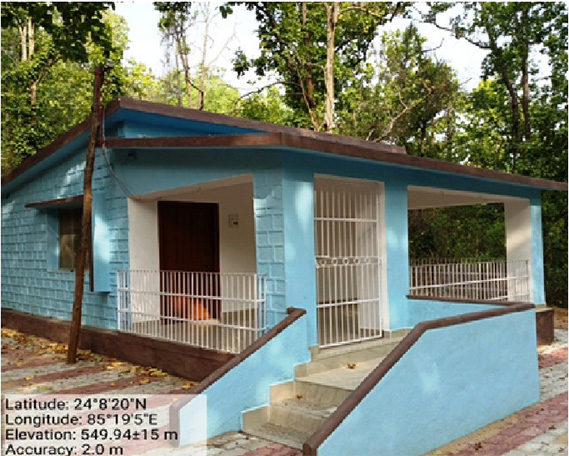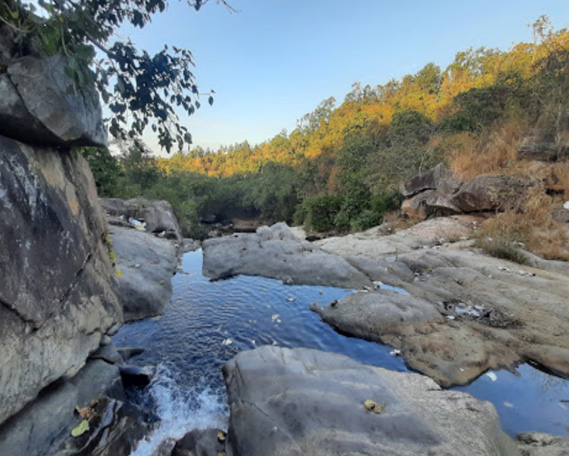Hazaribagh Wildlife Sanctuary
It is situated in the Hazaribagh district of Jharkhand state. Earlier the entire area of Hazaribagh Wildlife sanctuary was under the jurisdiction of the Raja of erstwhile estate of Ramgarh in order to meet the privileges of royal family for shooting, sports and other types of entertainment. In the year 1954 this area was accorded the status of sanctuary vide order of revenue department ( Government of Bihar ) dated 7th August, 1954.
The sanctuary extended in a rectangular fashion and occupies an area of 186.25 km2. The sanctuary is quite accessible and well connected by road, railways and air services.
Sanctuary has mainly three accessible entrances gates namely : Pokhariya gate, Salparni gate and Bahimar gate. Out of these three gates, Pokhariya gate is the main entrance gate situated adjacent to NH-33.

The Hazaribagh Wildlife sanctuary has a wide range of biodiversity. In the past, it was known as the home of sambhars, the largest deer species of India. The habitat is also shared by cheetals, wild boars, black bears, jackals, porcupines, hyenas, pangolins, hares, etc. The important bird species which can be spotted frequently are serpent eagle, paradise fly catcher, king fisher, bee eater, swift, different types of babblers, black drongo, wood pecker, lapwing, pea fowl, pond heron, egret, etc.
Status of Vulture in Jharkhand with special reference to Hazaribag
Jharkhand state is endowed with rich flora and fauna and has always been rich in biodiversity. Out of nine species of vulture found in India, four species, namely Gyps bengalensis (White-backed Vulture), Gyps indicus (Long-billed Vulture or Indian Vulture), Gyps himalayensis (Himalayan Griffon), and Neophron percnopterus (Egyptian Vulture) have been recorded in Jharkhand. G. bengalensis, G. indicus, and N. percnopterus are resident species, while G. himalayensis is a winter visitor. G. bengalensis and G. indicus are listed as Critically Endangered by IUCN, and listed in Schedule I of the Wildlife (Protection) Act, 1972. Egyptian Vulture (N. percnopterus), the smallest subspecies which also occurs in most of the Indian subcontinent has been listed as endangered by IUCN and is protected under schedule IV of the Wildlife (Protection) Act, 1972. Population decline of vultures has been seen all over India, and a similar situation is noted in Jharkhand. Significantly, Hazaribagh district is the only place in Jharkhand with vultures in the wild.

Facilities available in Hazaribagh wildlife sanctuary :
Tourist cottage - 5
Tourist accommodation facility - 1









